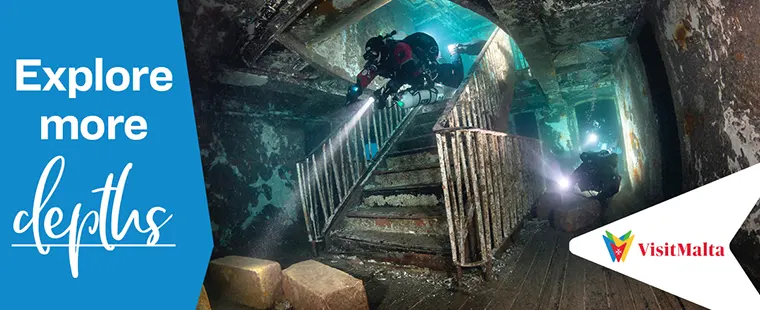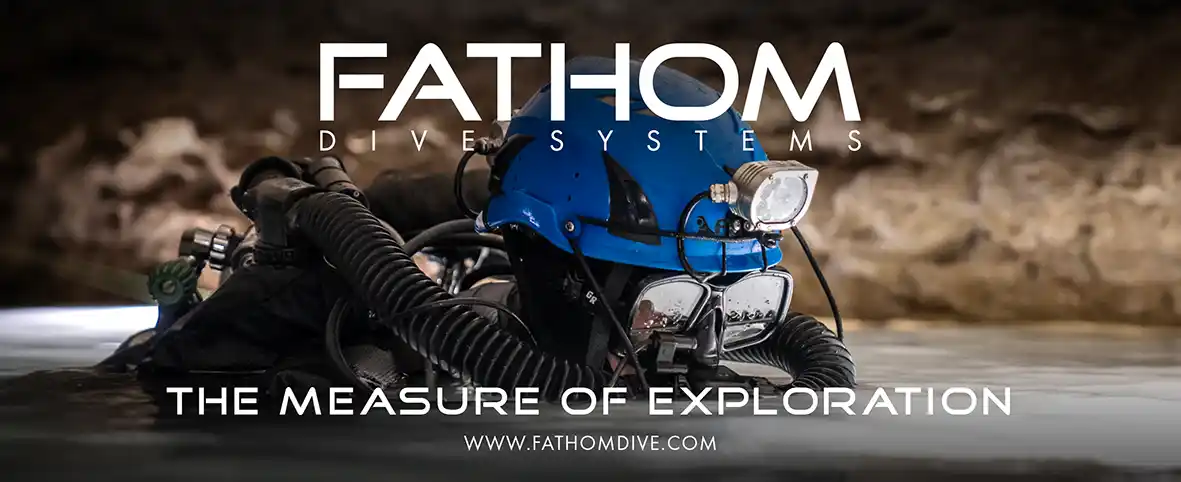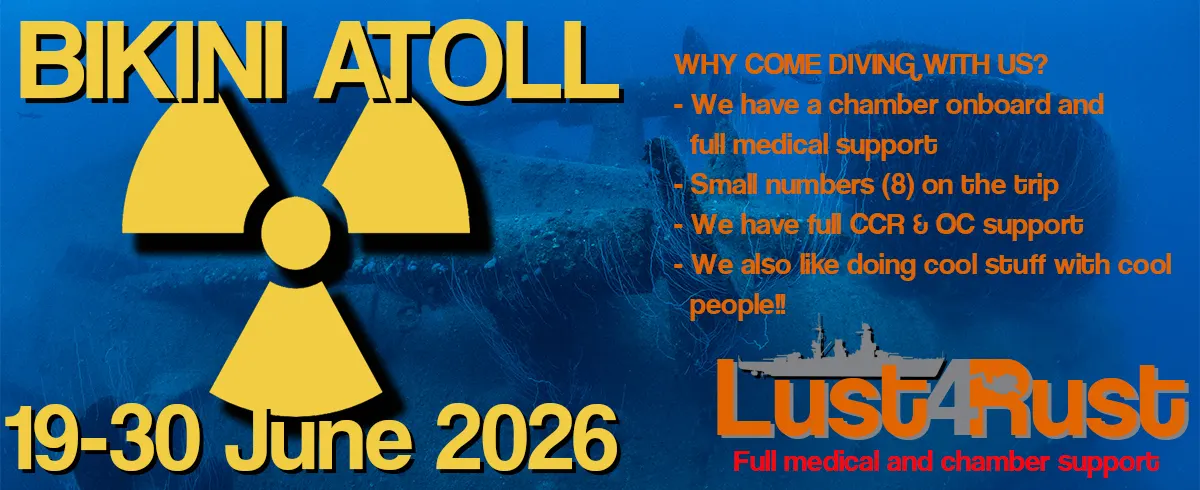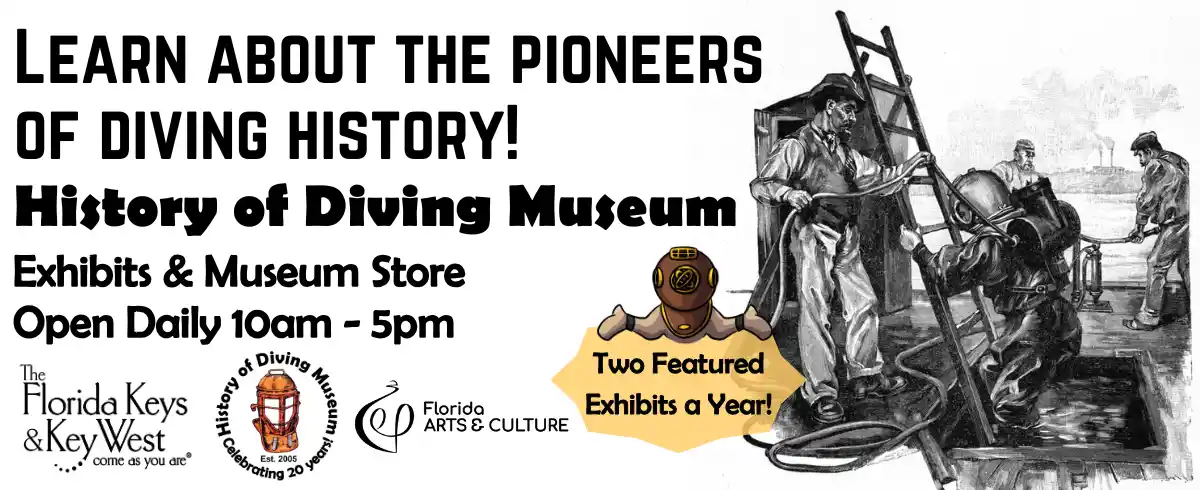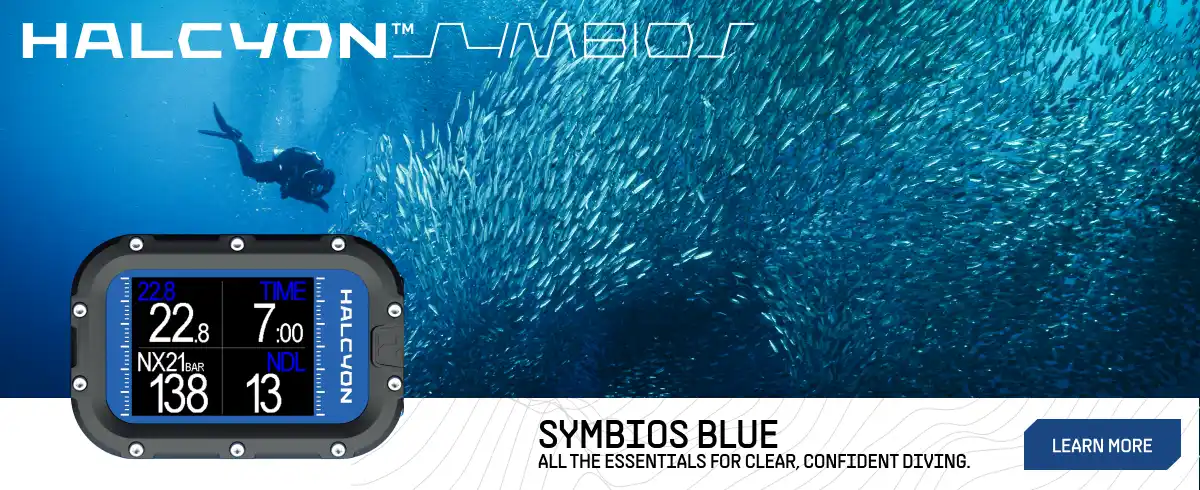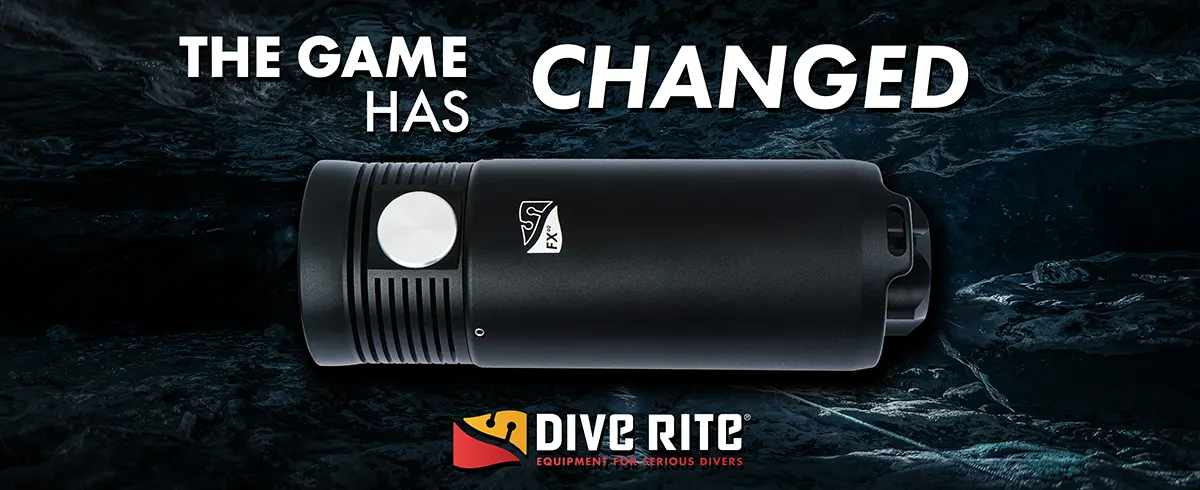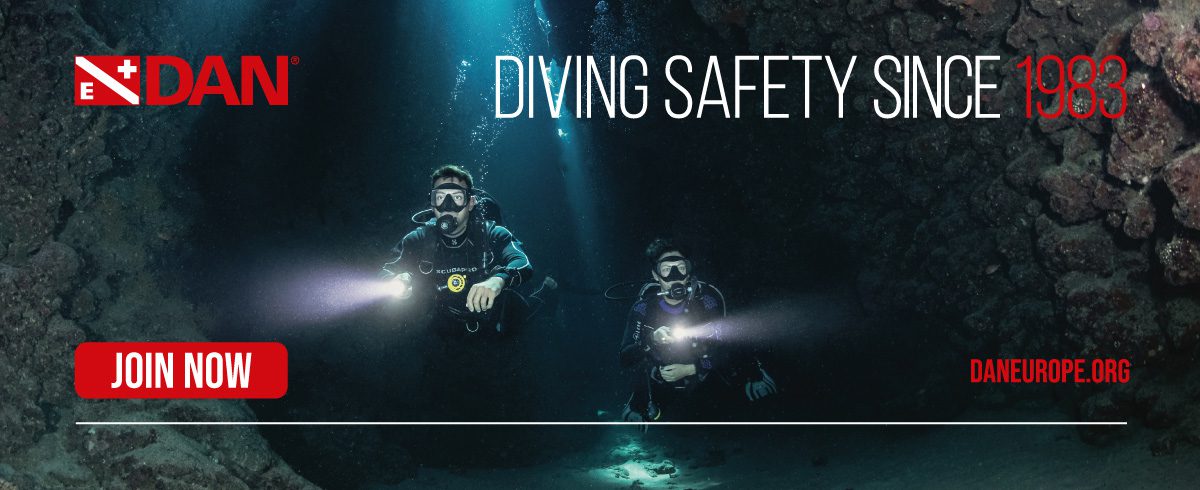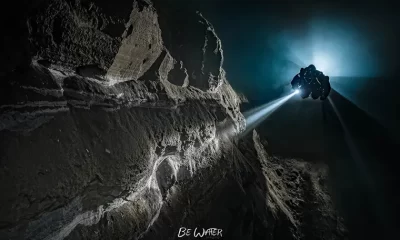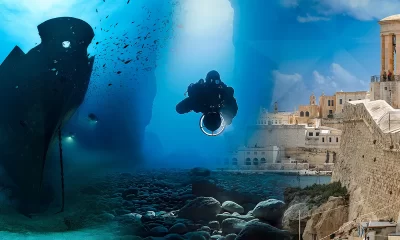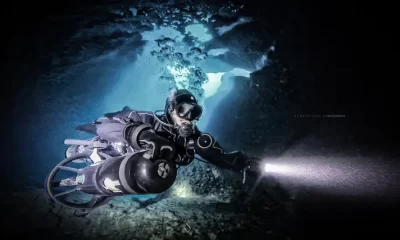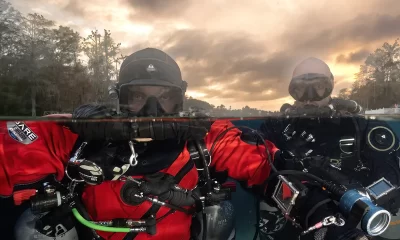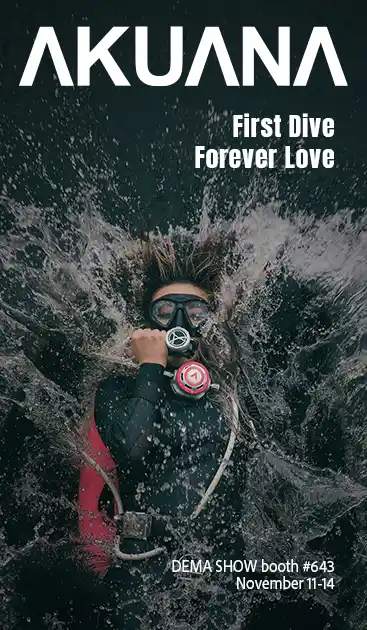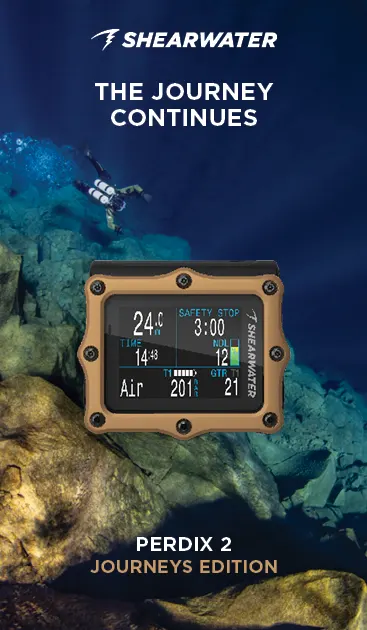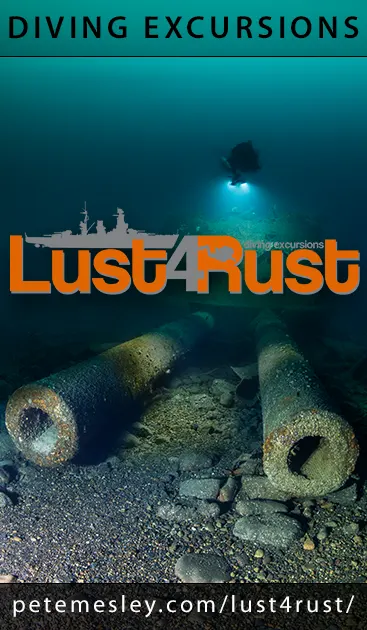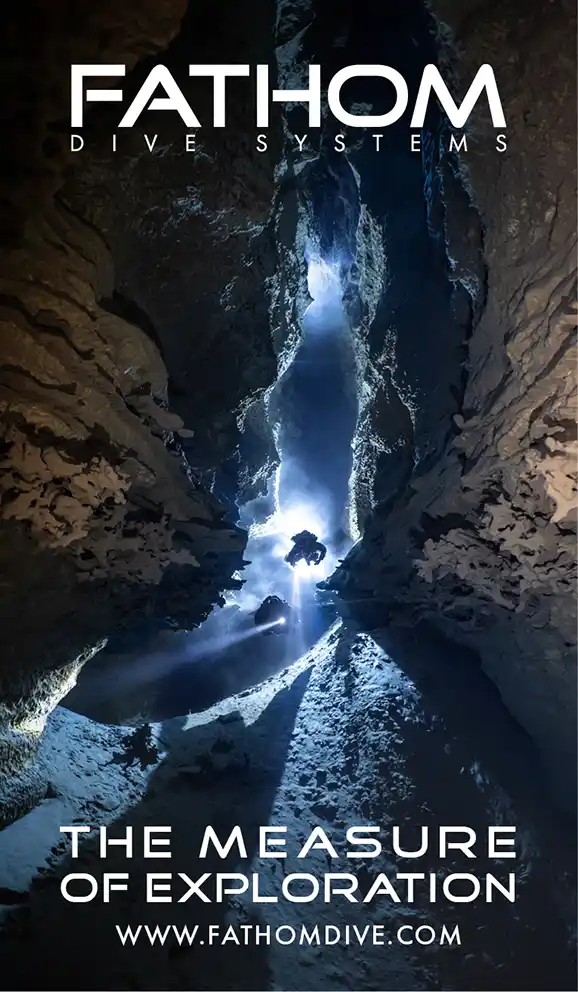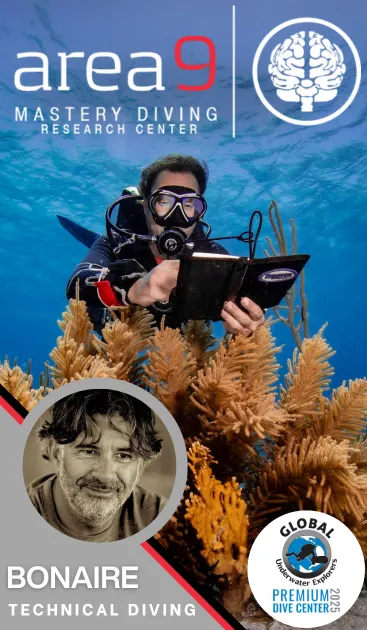Community
Malta Between Dives: The Other Face of the Wreck Diver’s Paradise
By Steph Kloeckener. Images courtesy of the author.

Among divers, Malta is renowned for its historic and scuttled wrecks, and the caverns of Gozo attract divers worldwide. But above the surface, the Mediterranean island nation is just as captivating and diverse as its underwater landscape. Despite its small size of only 316 km²/122 mi², Malta offers a rich tapestry of culture, history, nature, and experiences after diving.
From Megalithic temples older than the pyramids to the grandeur of the fortified capital city of Valletta, every street and corner of Malta tells stories of ancient civilizations—of the empires that once colonized the islands, sieges, and centuries of cultural exchange. And, as you venture out and explore the outdoors, you will realize that the landscapes are just as varied as the country’s history. With its coastal cliffs, hidden coves, and bays, the Maltese nature that awaits you above the surface is just as compelling as its waters.
As such, the adventures do not end with the last dive of the day, and the islands invite you to take a closer look. Whether you are exploring historic cities, hiking on trails along windswept cliffs, or are simply enjoying the local cuisine with a glass of wine while listening to jazz, life after diving in Malta is as enticing as what lies beneath the waves.
From Megaliths to Wartime Secrets
Inklings of Malta’s rich history and culture can be found all over the country; there is always a suitable site or museum to be explored, regardless of your location and when you return to your dive base in the afternoon.
The oldest sights to be explored are the UNESCO World Heritage-inscribed Megalithic temples scattered across the islands. The oldest site is Ġgantija on Gozo and, as such, it is best visited while spending a few days on the island to dive the caverns at the northern coast or the wrecks at Xatt L-Aħmar. Meanwhile, Ħaġar Qim, another temple on the main island, is located near the Um El-Faroud wreck near Wied iz-Zurrieq, rendering it a great cultural alternative for accompanying non-divers or an after-dive activity.

Vallette, the capital city, offers a wealth of exploration locales in the afternoon. Founded by the Knights of St. John after the siege by the Ottoman Empire in the 16th century, the city features many buildings from the late Renaissance or Baroque epoch. Among them is St. John Co-Cathedral, with its lavish Baroque interior, marble tombstones on the ground, and Caravaggio’s painting ‘The Beheading of Saint John the Baptist’. Other highlights include the newly restored Grand Master’s Palace, the Palace Armoury, and the lush Upper and Lower Barrakka Gardens.
If you’re a tech diver and you’ve visited one or two of the Heritage WW II wrecks lying in Maltese waters, you might be particularly interested in heading toward the Lascaris War Rooms in Valletta. These underground bunkers played a crucial role during the Battle of Malta, where several operations were planned and monitored from the plotting room. Two campaigns in particular—Operation Pedestal, which was a last-ditch effort by the allied forces to bring supplies to the Maltese Islands, and Operation Huskey which was an Allied invasion of Sicily, to reclaim the land from the Axis forces—were carried out from here. It is no wonder that so many allied and axis forces aircraft and vessels sank off the coast of the Maltese Islands.
The city is also home to many of Malta’s thirty-plus museums, including the National Museum of Fine Arts and the National Museum of Archaeology; here, you can see artifacts spanning nearly eight millennia of Maltese history. For those curious about the lesser known stories and aspects about the country’s battles and wars, they can also sign up to go on a “Military Tourism Guided Tour.”
Across the harbor, the Three Cities—Senglea, Vittoriosa (Birgu), and Cospicua—make for additional intriguing places to explore in the afternoon. Older than Valletta and also founded by the Knights of St. John, these fortified cities are home to many 16th century buildings. Notable attractions include Fort Saint Angelo and Fort Saint Michael—two bastions that once played key defensive roles in Malta’s military history.
Located further inland, Mdina and the neighboring Rabat invite divers and non-divers to explore the country’s Roman past. The fortified city was the first capital of Malta and, underground, one can find the Catacombs of St. Paul and St. Agatha: ancient Roman cemeteries once located beyond the walls of the ancient settlement. Like in Valletta, travelers can marvel at medieval and Baroque architecture while strolling through the winding streets.
The Nights of Malta
Once night falls, it is time to turn toward a different facet of Malta. In Valletta, wine bars with live music performances invite travelers to spend the evening after enjoying a delicious meal (be sure to try local delicacies such as rabbit stew and locally caught lampuka). Those looking for a touch of culture can watch performances at the open-air venue Pjazza Teatru Rjal, which was built on the ruins of the former Royal Opera House. Meanwhile, the nearby Sliema tempts with waterfront dining and more casual bars.
If you are looking for a more energetic environment, Paceville in St. Julian’s is the place to go. With its many clubs and bars, it is the island’s nightlife hub where music spills from every doorway, inviting you to enter and dance the night away. Those looking for EDM and techno should head to Clique, while Toyroom is a better option for R&B and reggaeton beats.
During the festa season from May to mid-September, attending one of the celebrations of the village’s patron saints is a great way to spend the evening while also immersing oneself in the local culture. A combination of bands, processions, and the fireworks displays that Malta is so famous for, these celebrations are a unique nighttime activity in Malta.
Throughout the year, Malta’s event calendar is filled with many other events such as Carnival, the Malta International Fireworks Festival, the Jazz Festival, and the Arts Festival. If you happen to be diving in Malta or Gozo during one of these celebrations, you should be sure to include them in your nighttime plans.

From Coastal Trails to Kayak Coves
With hiking routes, sea kayaking, climbing sites, and countryside roads ideal for biking, Malta’s outdoor adventures are not limited to scuba diving. Once you have logged the final dive of the day, Malta invites you to explore its countryside, cliffs, and sea from a new perspective.
The Dingli Cliffs feature one of the most scenic hikes that takes you along the coastline past areas covered by wildflowers, the remains of a Bronze Age settlement, and St. Mary Magdalene Chapel. As your gaze sweeps over the sea, you will catch a glimpse of Filfla islet, one of Malta’s less visited dive sites.
On Gozo, the Sanap Cliffs trail from Xlendi offers equally panoramic views of the relentless sea below and the rugged, vertical cliffs themselves. Divers looking for a more historic trail to follow in the afternoon should hike the Victoria Lines trail on the main island. The trail follows a historic 19th-century British defensive line built on a natural geographic ridge that divides the island from west to east.
If you prefer to explore the coastline by water, Gozo has the most to offer. Glide over the surface with your paddle cutting through the water as you cross the Gozo Channel to reach the island of Comino by kayak. Here, you can explore inlets along the rugged coast before continuing on to the turquoise waters of the Blue Lagoon. The area of Dwerja Bay is another popular kayaking site and offers a different perspective of popular dive sites like the Inland Sea or the Blue Hole.

Malta: A Destination For Everyone
It might be the diving that compels divers to plan a trip to Malta but, fortunately, it is easy to combine exploring Malta below and above the surface in one trip. As such, you can spend the morning diving before setting out to experience all other facets that merge to create the country’s identity in the afternoon.
With its historic sites, culture, and natural beauty, it is a destination that offers something for every traveler, rendering it an ideal location for divers traveling with non-diving spouses, family, and friends. The tales of their exploration of the country’s history, culture, and nature might compel you to plan one more non-diving day during your ongoing or next trip to Malta.
Return to Malta, May I?
DIVE DEEPER
InDEPTH: Evolution and Resilience in Malta’s Diving Industry: Words from the Pros by Stratis Kas

Steph Kloeckener is a freelance writer, photographer, and blogger at A Nomad’s Passport. While traveling, she combines scuba diving with cultural exploration and other outdoor activities.

